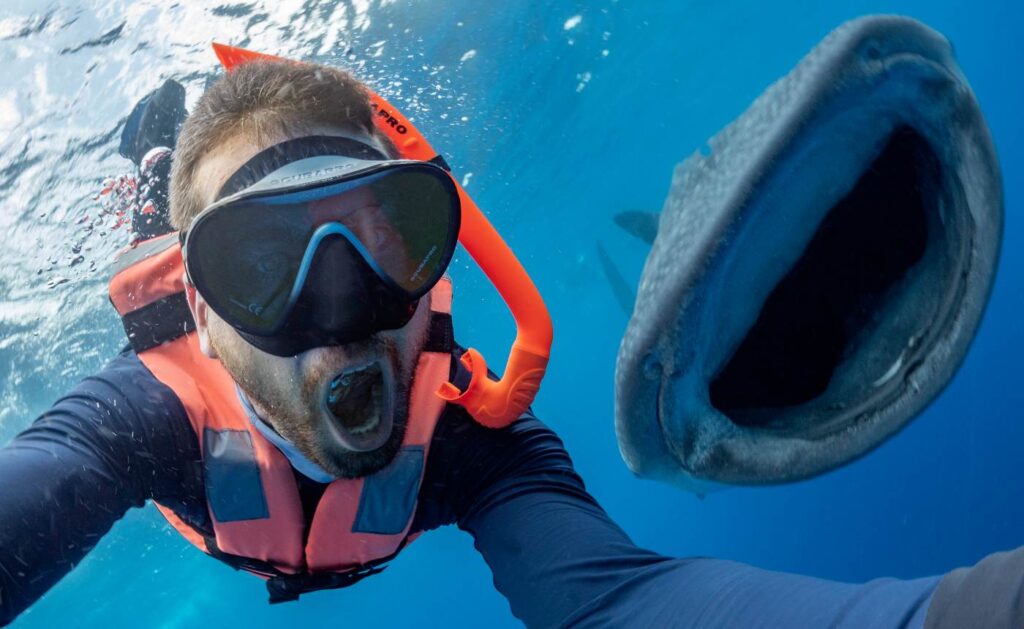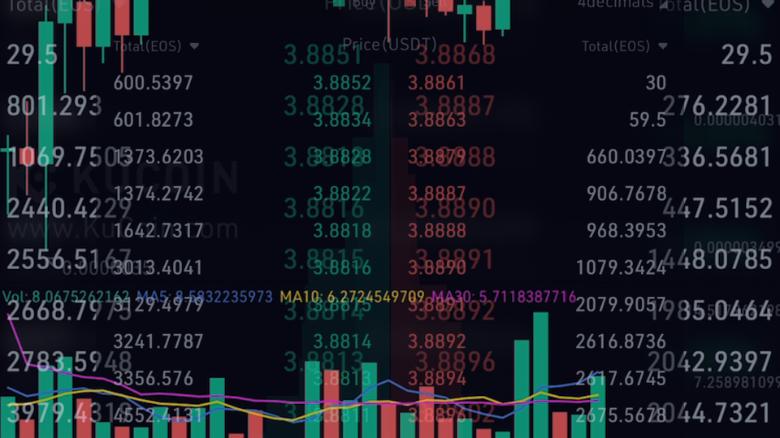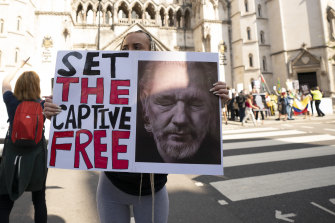By Good News Network
-Aug 11, 2021

SWNS
This is the moment a shark appears to pose for a selfie with a diver—and crack the same giant smile.
36-year-old William Drumm recently clicked the perfectly timed shot 20 miles off the coast of Isla Mujeres in Mexico.
Whale sharks often swim with their mouths open and William thought it would make a good shot to imitate them.
After a few tries, he managed to get the perfect image. The Coloradan explained said that whale sharks are “so amazing.” The largest sharks on the planet, they “are often swimming with their mouths open as they filter tiny plankton from the water.”
On Instagram he explained that there were “millions of fish eggs in the water, which is likely what attracts all of these sharks every year.
“A whale shark can consume 30,000 calories or more per day, feeding on some of the smallest prey imaginable!”
“They swim pretty fast, so it took me a few tries, but I think I got a few images that worked.
“I felt so excited and honored to share the water with so many of these beautiful behemoths.
This is the moment a shark appears to pose for a selfie with a diver—and crack the same giant smile.
36-year-old William Drumm recently clicked the perfectly timed shot 20 miles off the coast of Isla Mujeres in Mexico.
Whale sharks often swim with their mouths open and William thought it would make a good shot to imitate them.
After a few tries, he managed to get the perfect image. The Coloradan explained said that whale sharks are “so amazing.” The largest sharks on the planet, they “are often swimming with their mouths open as they filter tiny plankton from the water.”
On Instagram he explained that there were “millions of fish eggs in the water, which is likely what attracts all of these sharks every year.
“A whale shark can consume 30,000 calories or more per day, feeding on some of the smallest prey imaginable!”
“They swim pretty fast, so it took me a few tries, but I think I got a few images that worked.
“I felt so excited and honored to share the water with so many of these beautiful behemoths.























/cdn.vox-cdn.com/uploads/chorus_image/image/69705199/1176110120.0.jpg)
:no_upscale()/cdn.vox-cdn.com/uploads/chorus_asset/file/22773878/1176165285.jpg)


